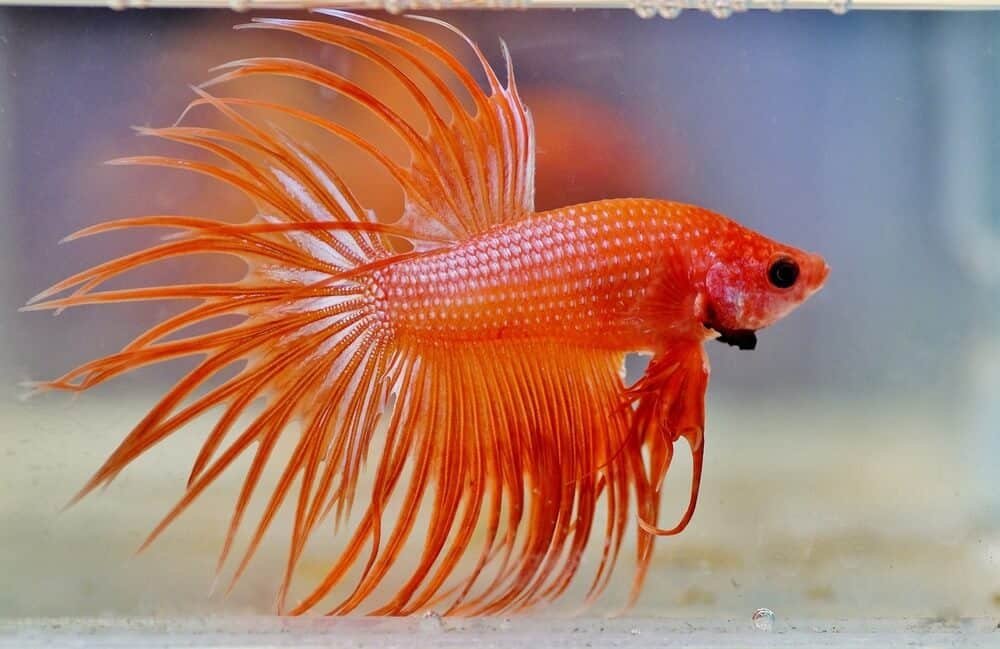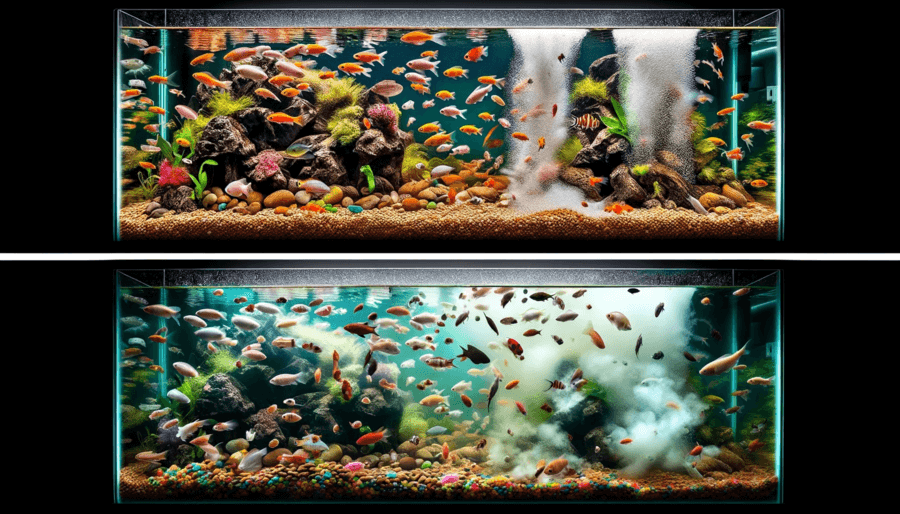How To Install An Aquarium Heater?
Are you a proud new owner of an aquarium and looking to provide the best comfort for your aquatic pets? Look no further! This article will guide you on how to install an aquarium heater, ensuring that your underwater friends thrive in a comfortable and safe environment. Whether you are a beginner or an experienced aquarium enthusiast, this step-by-step guide will help you set up your heater with ease and give you the confidence to care for your fish in the best possible way. So, let’s get started on creating the perfect habitat for your beloved aquatic companions!
Choosing the Right Aquarium Heater
When it comes to setting up your aquarium, choosing the right heater is crucial for the overall well-being of your aquatic life. Here are some important factors to consider when selecting an aquarium heater.
Consider your tank size
The size of your aquarium plays a significant role in determining the wattage and type of heater you will need. Larger tanks require more powerful heaters to evenly distribute heat, while smaller tanks can get by with a lower wattage heater. It is essential to choose a heater that can adequately heat the water in your specific tank size to maintain optimal temperature and provide a comfortable environment for your fish.
Determine the required wattage
To determine the wattage, you need to calculate the difference between the desired tank temperature and the room temperature. For most tropical fish, a temperature range of 75-80 degrees Fahrenheit is ideal. Subtract the room temperature from the desired tank temperature to determine the temperature difference. You will need around 5 watts per gallon to heat the water in your aquarium effectively.
Decide on the type of heater
There are various types of heaters available in the market, including submersible, hang-on-back, and in-line heaters. Submersible heaters are the most common and often recommended for beginners. They are fully submersible in water and provide an even distribution of heat throughout the tank. Hang-on-back heaters are suitable for smaller tanks and are attached to the back of the aquarium. In-line heaters are typically used in larger setups and are connected to an external filtration system. Choose the type of heater that best suits your tank setup and fits within your budget.
Preparing the Aquarium
Before you can install the heater, it is crucial to prepare your aquarium properly. Follow these steps to ensure a clean and suitable environment for your fish.
Empty the tank
If your tank is already set up with water, you will need to drain it completely. It is important to start with an empty tank, free from any existing water, to ensure a smooth installation process.
Clean the tank
Once the tank is empty, take the opportunity to thoroughly clean it. Use warm water and a mild aquarium-safe cleanser to remove any dirt, debris, or algae buildup. Rinse the tank multiple times to ensure no residue is left behind.
Position the heater
Before refilling the tank with water, decide on the best location to place your heater. It is essential to choose a spot where the heater can be easily accessed and where water flow is not obstructed. Avoid placing it directly next to any decorations or on the substrate to prevent accidental damage. Once you have chosen the location, proceed with the installation.
Position the Heater Correctly
Once the aquarium is prepared, it is time to position the heater correctly. Follow these steps to ensure proper placement and functionality.
Attach suction cups to the heater
Most heaters come with suction cups that allow you to secure them to the side of the aquarium. Attach the suction cups to the heater according to the manufacturer’s instructions. Ensure they are firmly in place and will hold the weight of the heater.
Place the heater in the desired location
Carefully lower the heater into the tank and position it in the predetermined location. Make sure it is positioned vertically to ensure the most accurate temperature reading. Ensure that the water inlet and outlet ports are facing the right direction.
Ensure the heater is fully submerged
Once the heater is in position, fill the tank with water slowly. Keep an eye on the water level to ensure that the heater remains fully submerged at all times. Avoid allowing the water level to drop below the minimum water line indicated on the heater. Maintaining full submersion is vital for the heater to function correctly.
Connecting and Adjusting the Heater
Now that the heater is in place, it is time to connect it and adjust the settings to maintain the desired temperature in your aquarium.
Attach the heater to the power cord
Carefully connect your heater to the power cord according to the manufacturer’s instructions. Ensure a secure connection to avoid any electrical hazards or heat leakages. Double-check that the power cord is not damaged or frayed.
Plug the heater into a power outlet
Once the heater is correctly connected to the power cord, safely plug it into a power outlet. Ensure that the outlet can support the wattage of your heater to avoid any electrical issues. Consider using a power strip with surge protection for added safety.
Set the desired temperature
Most aquarium heaters come with an adjustable thermostat knob or a digital display to set the desired temperature. Refer to your heater’s instructions on how to adjust the temperature settings. Set the temperature according to the specific requirements of your aquatic life. It is recommended to gradually increase or decrease the temperature rather than making drastic changes.
Monitoring and Maintaining the Heater
Proper monitoring and regular maintenance are essential to ensure the longevity and functionality of your aquarium heater. Follow these guidelines to keep your heater in optimal condition.
Use a thermometer to monitor the water temperature
To ensure that your heater is maintaining the desired temperature, it is crucial to regularly monitor the water temperature using a thermometer. Place the thermometer away from the heater and in a different area of the tank to get an accurate reading. Check the temperature regularly to identify any fluctuations or inconsistencies.
Check the heater regularly for any issues
Inspect the heater periodically to ensure that it is functioning correctly. Look for any signs of damage, such as cracks, corrosion, or loose parts. If you notice any issues, immediately disconnect the heater and consult the manufacturer’s instructions or contact customer support for assistance.
Clean the heater when necessary
Over time, mineral deposits or algae may accumulate on the heater, affecting its efficiency. Inspect the surface of the heater for any buildup and clean it as needed. Gently scrub the heater with a soft brush or sponge to remove any debris. Avoid using harsh chemicals that could harm your aquatic life.

